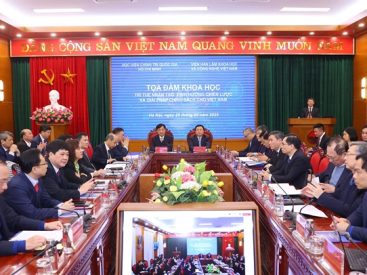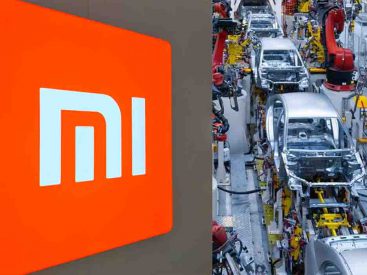Innovation does not need to be inherently disruptive. By enabling innovation to integrate seamlessly into existing systems, enterprises can achieve continuous improvement and maintain operational stability. Credit: iStock For enterprise IT teams, navigating today’s relentless pace of change is akin to anchoring a boat in a raging rush of rapids. From evolving deployment models and societal shifts to generational turns in the workforce, the demand for continuous innovation often leaves CIOs and their teams feeling overwhelmed – to the point that 70% admit their transformation has stalled . This state of exhaustion, known as change fatigue , has become so pervasive that it now warrants dedicated strategies to mitigate its impact. The most logical strategy is one that smoothly integrates innovation with existing systems, helping established enterprises foster a culture of continuous learning and transformation while staying securely afloat. A history of change fatigue and its impact How did we get to this point of exhaustion? The drive to keep up with accelerating change can often result in disruptive innovation, where IT leaders feel compelled to replace their core systems to adopt the latest cloud-based technologies. Suddenly, it makes sense why so many reach a digital dead end. They’re […]
K&X Design and Investment Technology, LLC
Invest The Invisible Impact
K&X Design and Investment Technology, LLC
Invest The Invisible Impact



